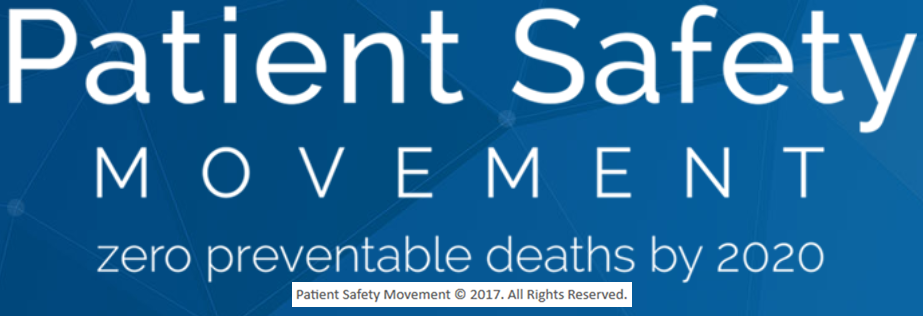
N.B. — This post is based on one of the continuously expanding roster of Actionable Patient Safety Solutions (APSS) a.k.a. “Challenges” as defined and described by the Patient Safety Movement Foundation (PSMF) and published at its web site (http://patientsafetymovement.org/challenges-solutions/actionable-patient-safety-solutions-apss/). Because the Foundation has set a goal of Zero Preventable Patient Deaths by 2020 (http://patientsafetymovement.org/), these APSS are understood to represent the most significant patient safety exposures created by medical mistakes, and medical mistakes are the third most frequent cause of patient deaths following heart disease and cancer (http://www.bmj.com/content/353/bmj.i2139).
“Congenital heart disease (CHD) is the most common birth defect and critical congenital heart disease (CCHD) including ductal dependent lesions, represents about 40% of the deaths due to CHD in the first year of life.
Antenatal ultrasound and physical examination after birth identify many CHD and CCHD cases, but there is a gap in patient safety because more than 30% of CCHD deaths have been attributed to late or missed diagnosis.
Universal pulse oximetry screening has been shown to increase the detection of CCHD in newborns by identifying potential abnormalities that are not apparent in antenatal ultrasound and physical examination after birth.
To address the failure to detect CCHD in newborns, implement the following actionable steps:
- Make an organization-wide commitment to implement a universal pulse oximetry screening program for newborns.
- Develop an action plan to implement immediately a universal pulse oximetry screening program:
- Select technology proven to be effective for newborn screening. Currently only Signal Extraction Technology (SET) pulse oximetry has been validated to accomplish this.
- Determine the screening protocol:
- Age at screening: >24 hours or prior to discharge.
- Obtain pulse oximetry measurements from pre ductal (right hand) and post ductal (either foot) sites.
- Screening results which will be considered positive and require further investigation:
- SpO2 <90% from the right hand or either foot; or
- SpO2 <95% SpO2 from the right hand or either foot (if result is repeated three times with one hour interval between measurements); or
- >3% difference in SpO2 measurements between the right hand and either foot (if result is repeated three times with one hour interval between measurements); or
- (optional to increase specificity and sensitivity) If Perfusion Index (PI) is <0.70 in the right hand or either foot.
- Educate clinical staff on proper screening, strategies for family education and engagement, follow-up protocols for positive screens, and a results reporting policy.
- Develop a process for continuous improvement by communicating with staff and implementing measures to improve processes in order to meet the universal newborn screening objective.”
The foregoing quote constitutes the “Executive Summary Checklist” from the above-captioned PSMF APSS Challenge #8 (http://patientsafetymovement.org/challenge/failure-to-detect-critical-congenital-heart-disease-cchd/). The recommended “… action plan to implement immediately a universal pulse oximetry screening program ..” necessarily requires medical technology; which should include or be supplemented by capabilities for continuous monitoring and parameter value-/criteria-dependent notification. Please validate this proposition to your own satisfaction by reviewing the details of the Cloud Healthcare Appliance Real-Time Solution as a Service (CHARTSaaS) and its reference architecture in these presentations, and then by imagining a CHARTSaaS-enabled IT solution: